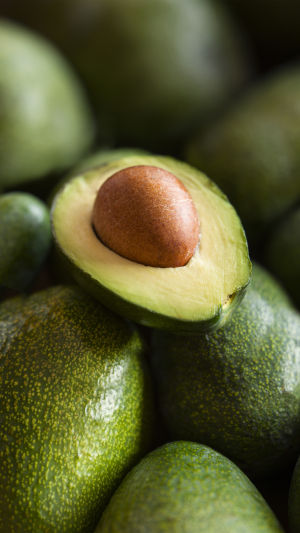Avocado, once considered an unpalatable fruit, has risen to global popularity and earned the title of "superfruit."
This journey from obscurity to ubiquity is a fascinating tale of cultural shifts, marketing strategies, and nutritional awareness.
<b>The Early Days: Avocado's Origins and Initial Reception</b>
The avocado, or *Persea americana*, is native to Central and South America. Archaeological evidence suggests that avocados were cultivated in Mexico as far back as 5000 BCE. The Aztecs and Mayans revered the fruit, but its appeal was limited outside these regions for centuries.
When Spanish conquistadors encountered avocados in the 16th century, they were intrigued but not particularly impressed. The fruit’s texture and subtle flavor were unfamiliar and unappealing to European palates. Avocados remained a local delicacy in the Americas, largely unknown and unappreciated elsewhere.
<b>The 20th Century: Gradual Acceptance and Cultivation</b>
The early 20th century marked the beginning of avocado's gradual acceptance beyond its native lands. In the United States, avocados were introduced in California and Florida, where the climate was conducive to their cultivation. However, even as production increased, consumption remained low. The fruit’s odd appearance, high fat content, and unfamiliar taste were significant barriers.
Marketing played a crucial role in changing perceptions. The California Avocado Association, formed in the early 1900s, embarked on campaigns to promote the fruit. They emphasized its exotic origins and potential health benefits, slowly building curiosity and interest. Despite these efforts, avocados were still far from mainstream, often relegated to niche markets and gourmet cuisine.
<b>The Turnaround: The 1980s and 1990s</b>
The real turnaround for avocados began in the 1980s and 1990s. Several factors contributed to this shift. First, the rise of Mexican cuisine in the United States brought avocados into the spotlight. Guacamole, a traditional Mexican dish, became popular at parties and restaurants, introducing many Americans to the fruit’s creamy texture and rich flavor.
Second, the growing awareness of healthy eating played a significant role. Avocados, once criticized for their high fat content, were re-evaluated in light of new nutritional research. It was discovered that the fats in avocados are primarily monounsaturated fats, which are beneficial for heart health. This revelation rebranded the fruit as a healthy choice, aligning perfectly with the era's increasing focus on wellness and nutrition.
<b>The Superfruit Era: 2000s to Present</b>
By the early 2000s, avocados had transitioned from a niche fruit to a staple in many households around the world. The concept of "superfruits"—nutrient"-dense fruits with supposed health benefits—gained traction, and avocados fit this category perfectly. Rich in vitamins, minerals, and healthy fats, avocados are touted as a powerhouse of nutrition.
Social media and food trends further accelerated the avocado’s rise. The visually appealing nature of avocado dishes made them a favorite on platforms like Instagram and Pinterest. Avocado toast, in particular, became a global sensation, symbolizing health-conscious and trendy eating.
Moreover, the avocado industry capitalized on these trends with effective marketing. Campaigns highlighting the fruit's versatility and health benefits reached a wide audience. The “Love One Today” campaign by the Hass Avocado Board, for instance, emphasized avocados' role in a balanced diet, reinforcing their status as a superfood.
<b>Global Impact and Sustainability Concerns</b>
Today, avocados are enjoyed worldwide, from the Americas to Europe, Asia, and beyond. However, this global popularity has not been without challenges. The surge in demand has led to significant environmental and social impacts. Avocado farming requires substantial water resources, contributing to water scarcity in some regions. Additionally, the high profits from avocado cultivation have led to deforestation and other ecological concerns.
Efforts are underway to address these issues through sustainable farming practices and fair trade initiatives. The goal is to balance the fruit’s popularity with responsible production methods, ensuring that avocados can be enjoyed without compromising the environment or local communities.
The journey of the avocado from an unpalatable fruit to a global superfruit is a testament to changing tastes, effective marketing, and nutritional awareness. Its rise reflects broader trends in food consumption, health consciousness, and global trade. As we continue to enjoy avocados, it is crucial to remain mindful of the environmental and social impacts, striving for a sustainable future for this beloved superfruit.





